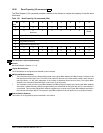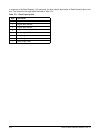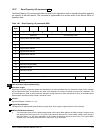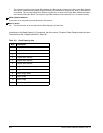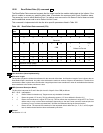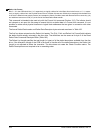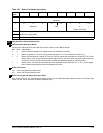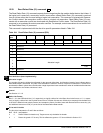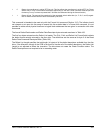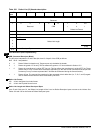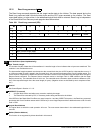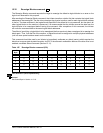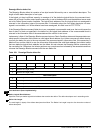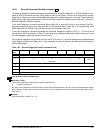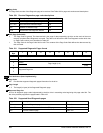
Fibre Channel Interface Manual, Rev. D 281
1 0 Return the manufacturer’s original ETF list only. This list reflects the manufacturer’s original ETF list. These
defects may or may not have been reallocated, depending on the last Format command received (the last
format may or may not have requested the P list flaws be reallocated during the format function).
1 1 Return all lists. The returned list contains all of the requested drive’s defect lists (i.e., P, G, C, and D) regard-
less of whether these lists have been reallocated by the drive.
This command is intended to be used only with the Format Unit command (Section 12.5). The initiator should
not interpret or act upon this list except to resend this list as defect data in a Format Unit command. It is not
possible to relate actual physical locations to logical block addresses that are given in connection with other
commands.
The format Defect Data header and Defect Data Descriptor bytes returned are shown in Table 183.
The first four bytes returned are the Defect List header. The P bit, G bit, and Defect List Format fields indicate
the defect format actually returned by the disc drive. The definitions are the same as for byte 2 of the Read
Defect Data Command Descriptor Block (Table 182).
The Defect List Length specifies the total length (in bytes) of all the defect descriptors available from the disc
drive. If the Allocation Length of the CDB is too small to transfer all of the defect descriptors, the Defect List
Length is not adjusted to reflect the truncation. The drive does not create the Check Condition status. The
Defect Descriptors are not required to be in ascending order.



